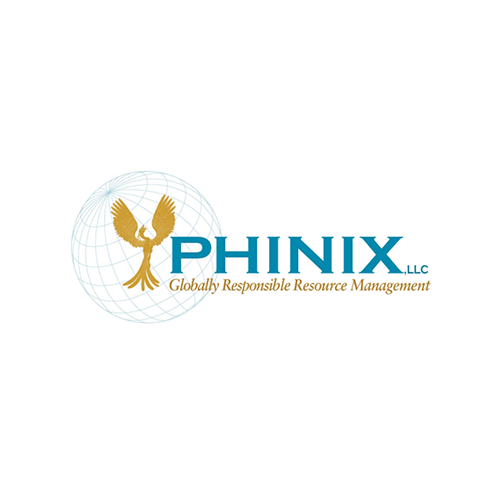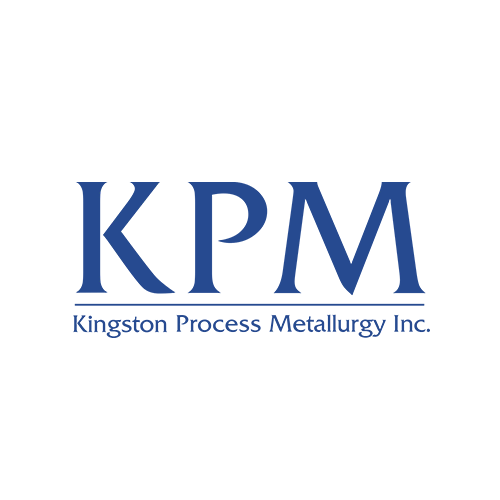Selective Recovery of Elements from Molten Aluminum Alloys
As a highly recyclable metal that is used in many industrial sectors, aluminum is a crucial link in the circular economy supply chain. To achieve the right mix of strength, corrosion resistance, and other desirable properties, manufacturers create aluminum alloys with differing elements. In recent years, the US has increasingly relied on secondary aluminum alloys produced when aluminum is recycled to meet the growing domestic demand. Using recycled aluminum also reduces manufacturing energy consumption and emissions because producing recycled aluminum requires 5% of the energy needed to make virgin aluminum.
Unfortunately, each time scrap aluminum alloys are remelted and mixed, impurities such as iron, copper, zinc, magnesium, silicon, and manganese accumulate. The heterogeneity of scrap compositions makes these impurities challenging to manage. Recyclers typically manage impurities in recycled aluminum alloys by diluting scrap with purer primary aluminum metal. One company, Phinix LLC, is developing and commercializing alternative methods to remove two impurities in aluminum alloys: iron (Fe) and Manganese (Mg). With research partners at Worcester Polytechnic Institute (WPI), Kingston Process Metallurgy (KPM), Smelter Service Corp. (SSC), and Certified Flux Solutions (CFS), Phinix LLC has demonstrated the removal of iron and manganese from molten aluminum scrap.
To scale up this process in a follow-on project, Phinix LLC has again partnered with WPI, KPM, and SSC and three new collaborators, Audobon Metals, Real Alloys, and Spectro Alloys, to refine the process further and demonstrate the technology at the four commercial team members’ facilities, which constitute about 50% of US secondary aluminum production capacity.
Increasing the use of scrap aluminum and lowering the need for primary aluminum could reduce primary aluminum alloy consumption by 0.16 million metric tons (MMT), save 29.6 petajoules of energy, and avoid 1.6 million metric tons of carbon dioxide emissions annually.




